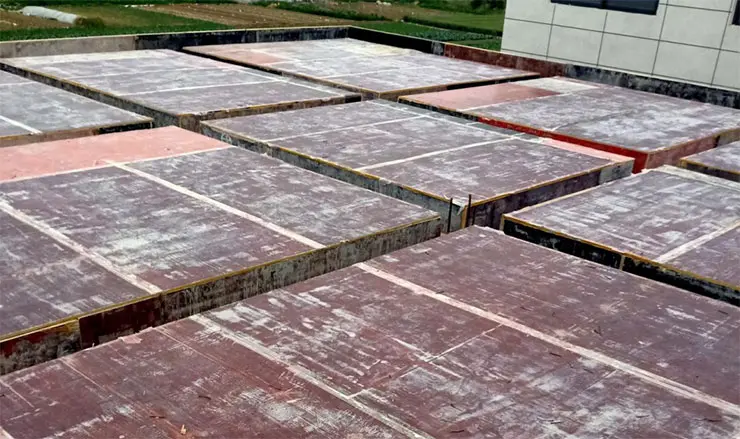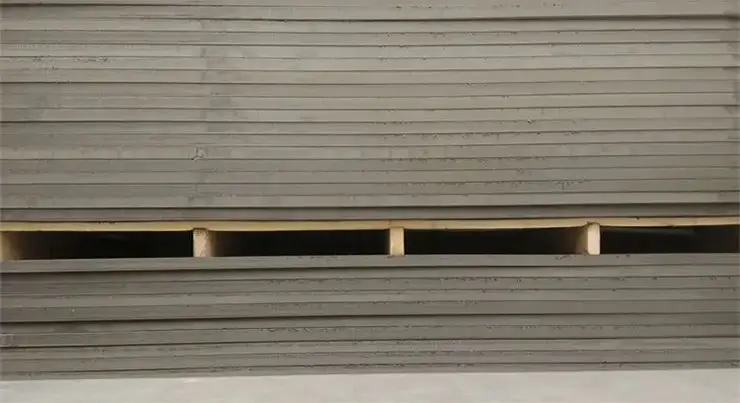
TenaBrix® es una marca para los productos de fibra y derivados de Michem. Nuestros productos TenaBrix® incluyen microfibras sintéticas de polipropileno, macrofibras sintéticas de polipropileno, fibras fibriladas de polipropileno y otros tipos de fibras.
Visite
Menú





